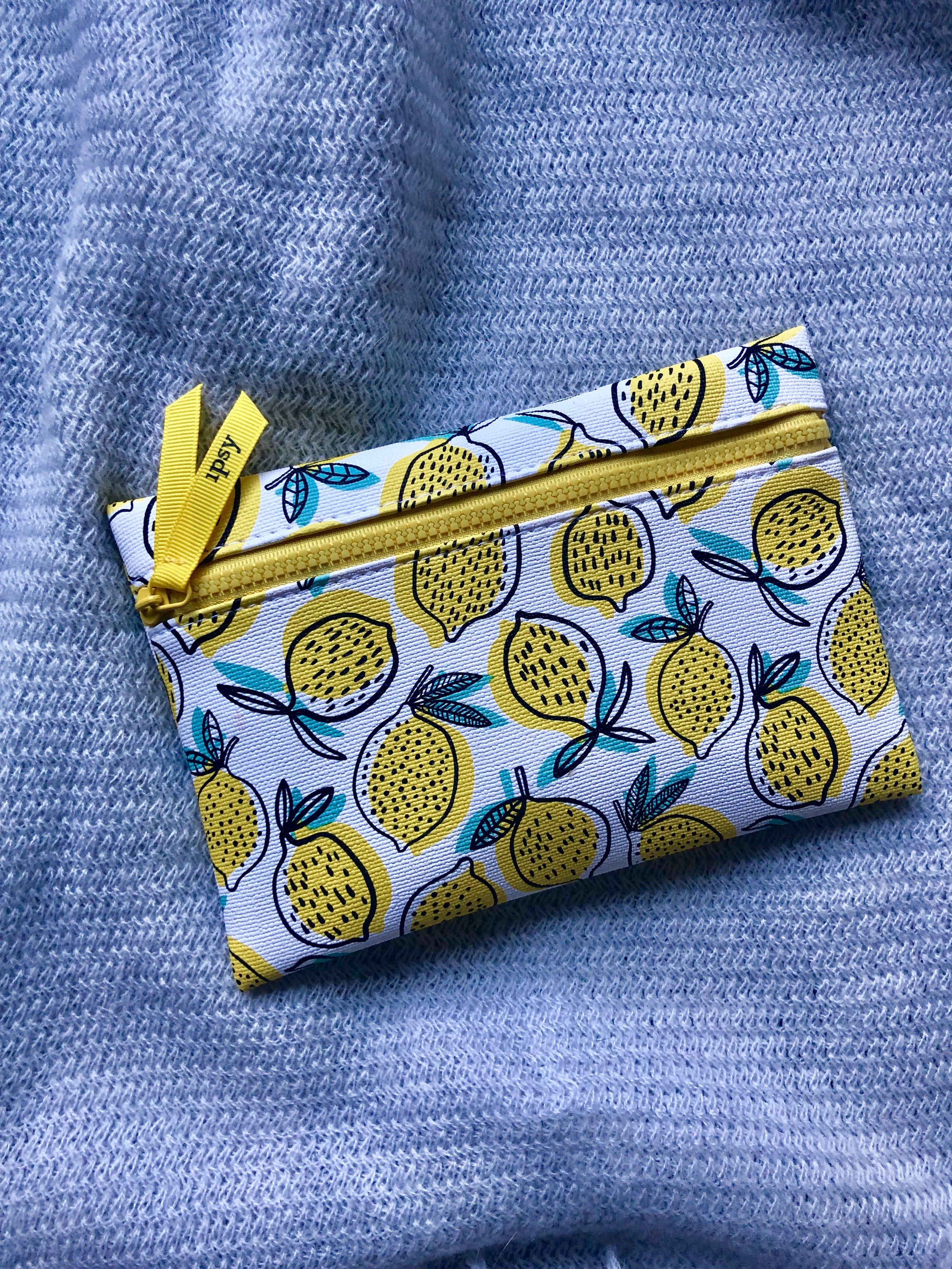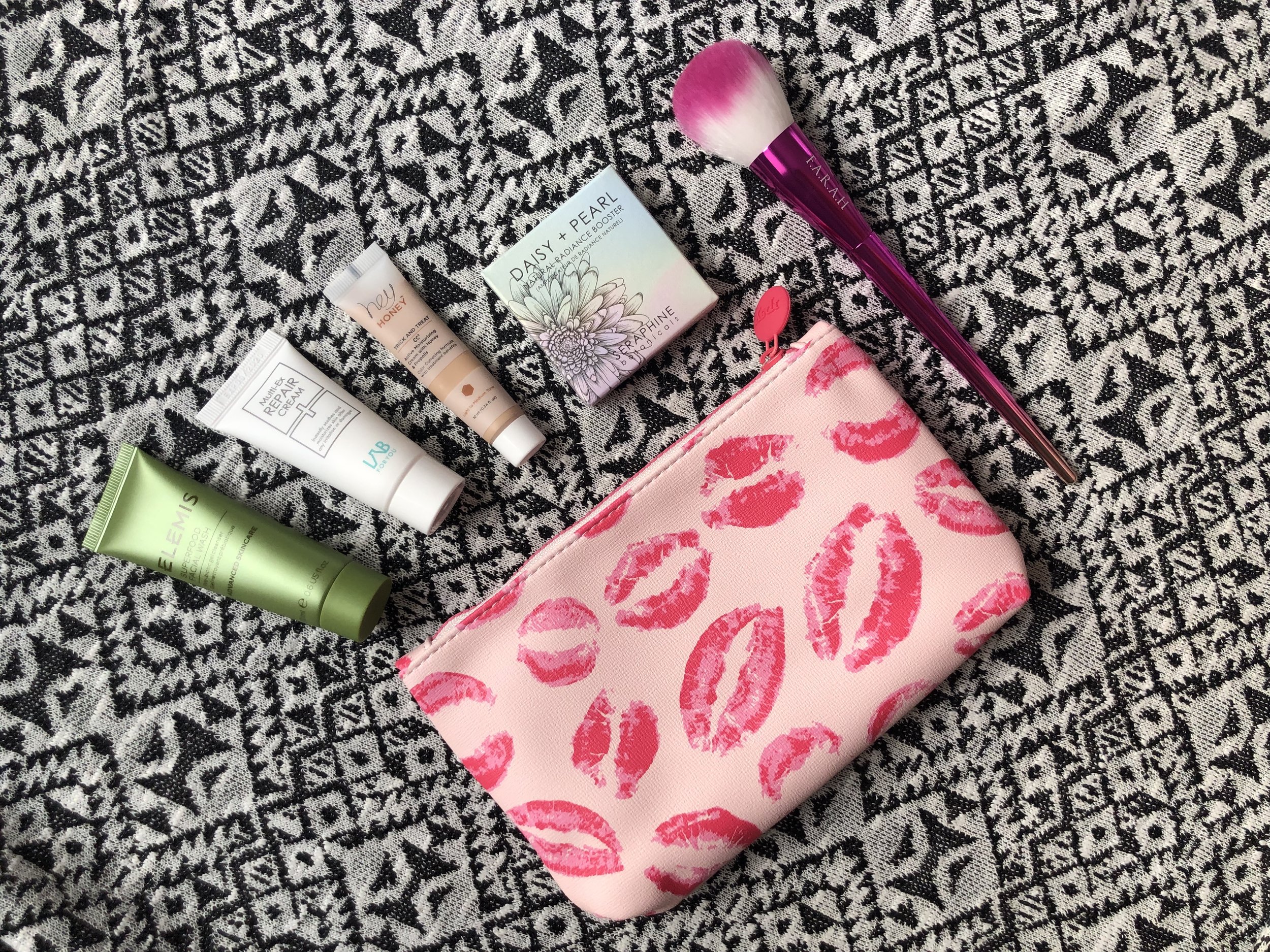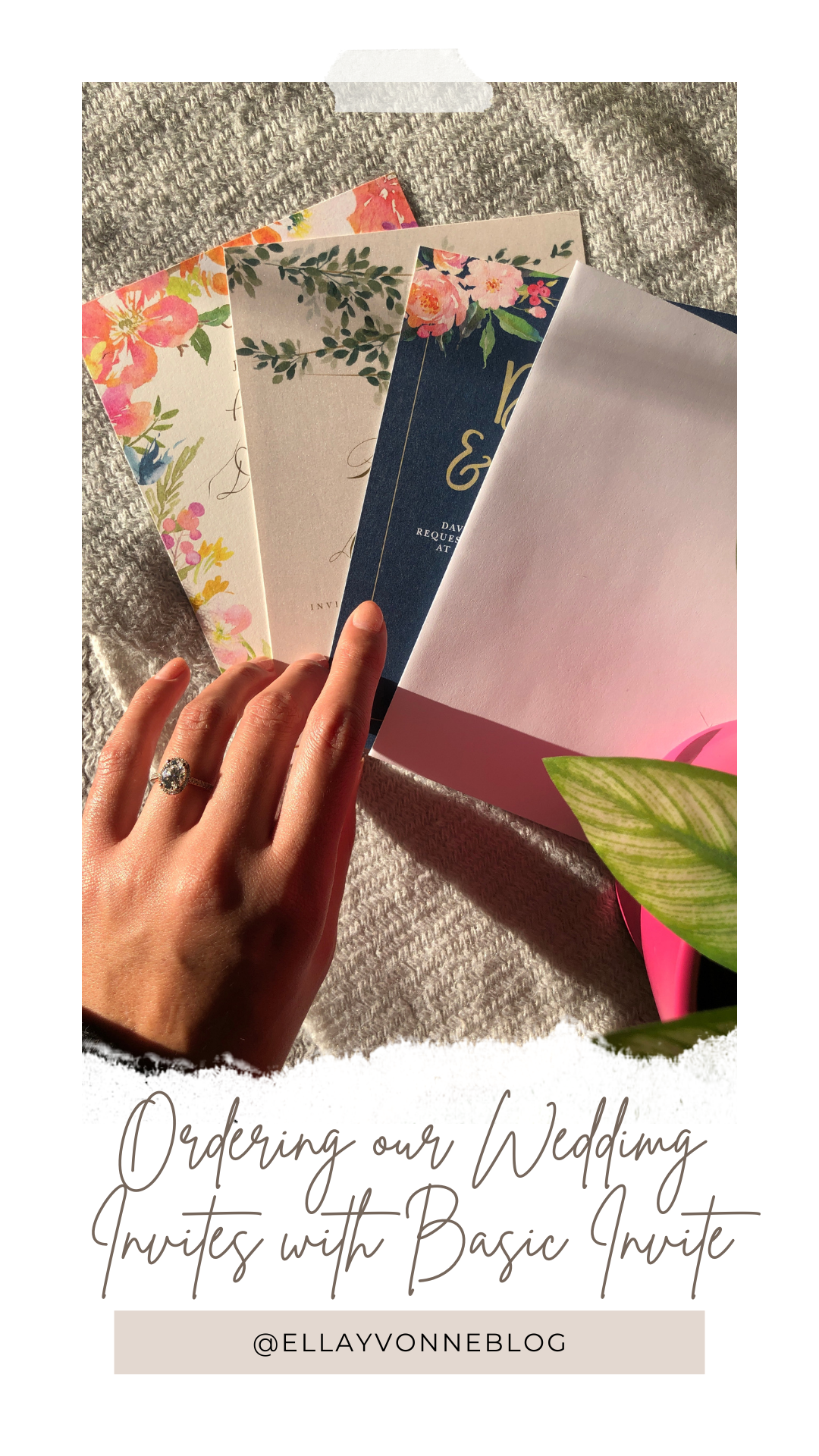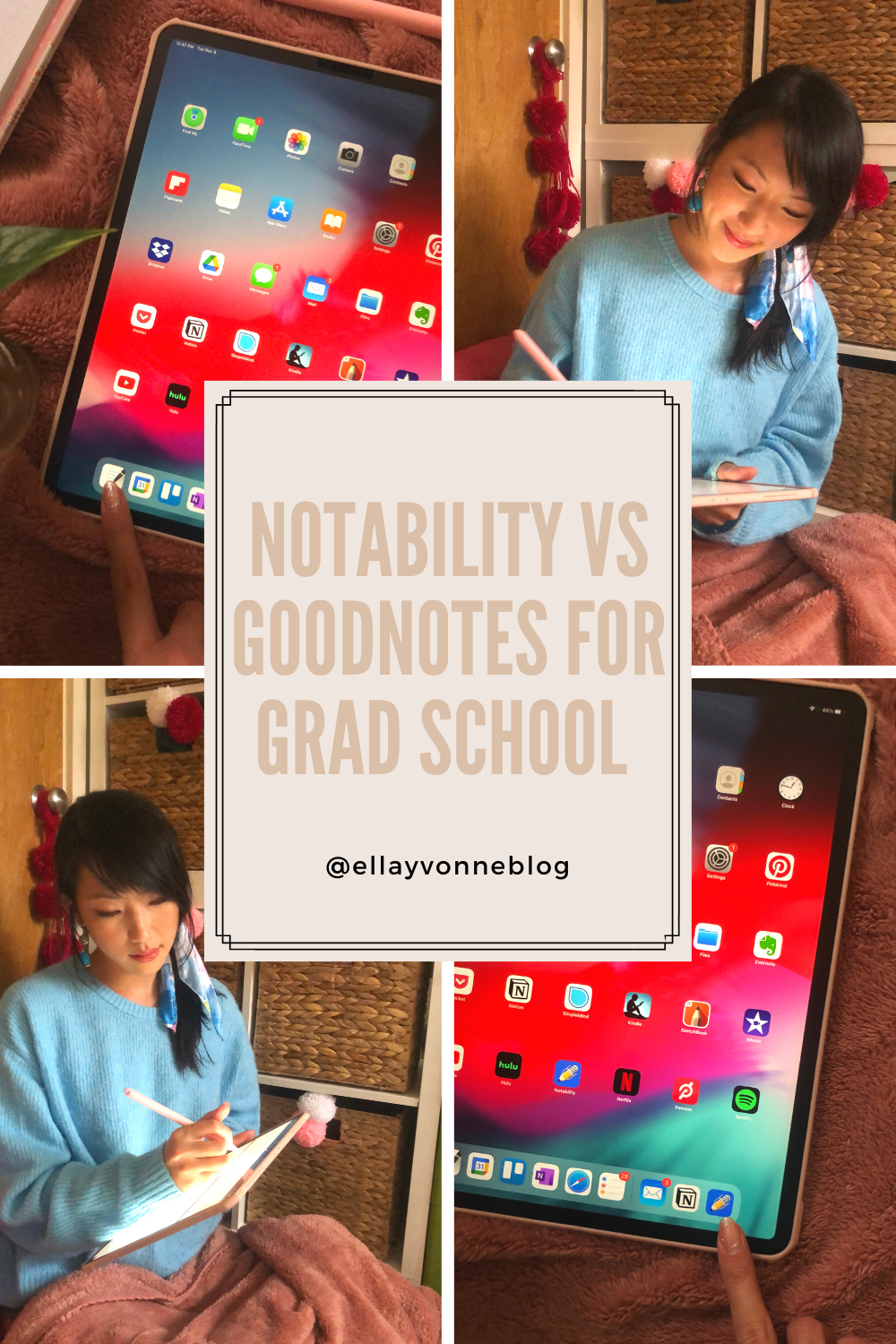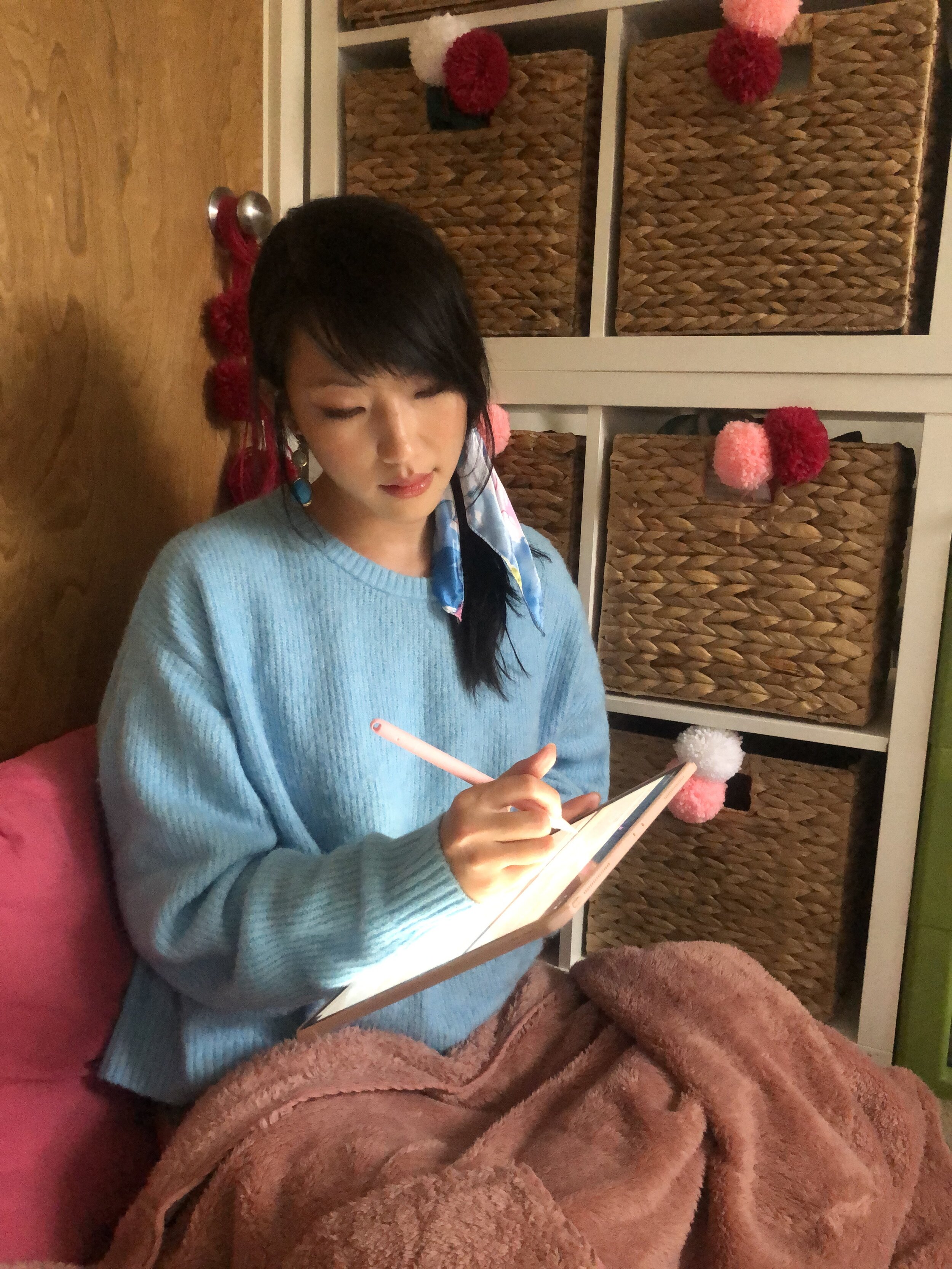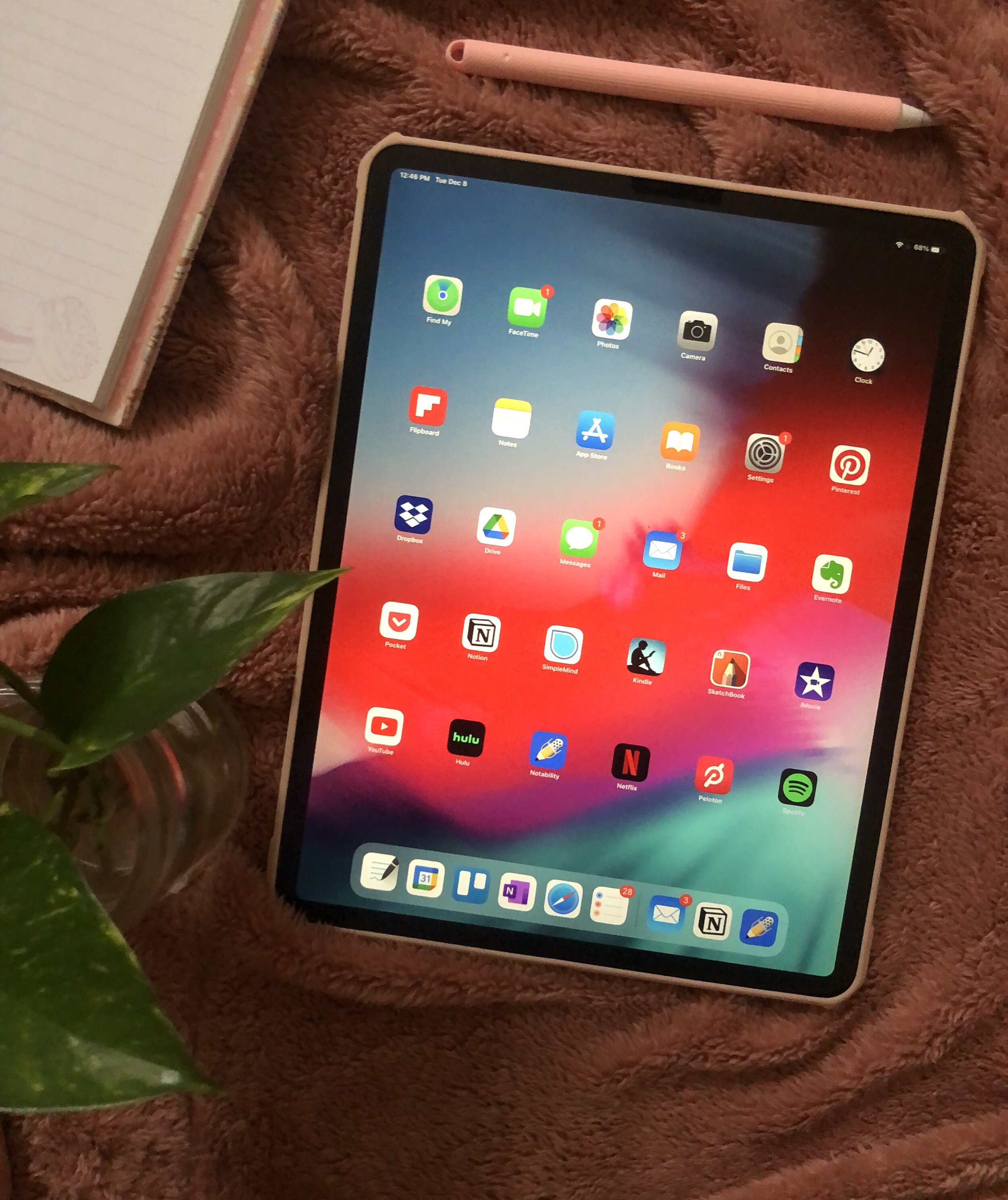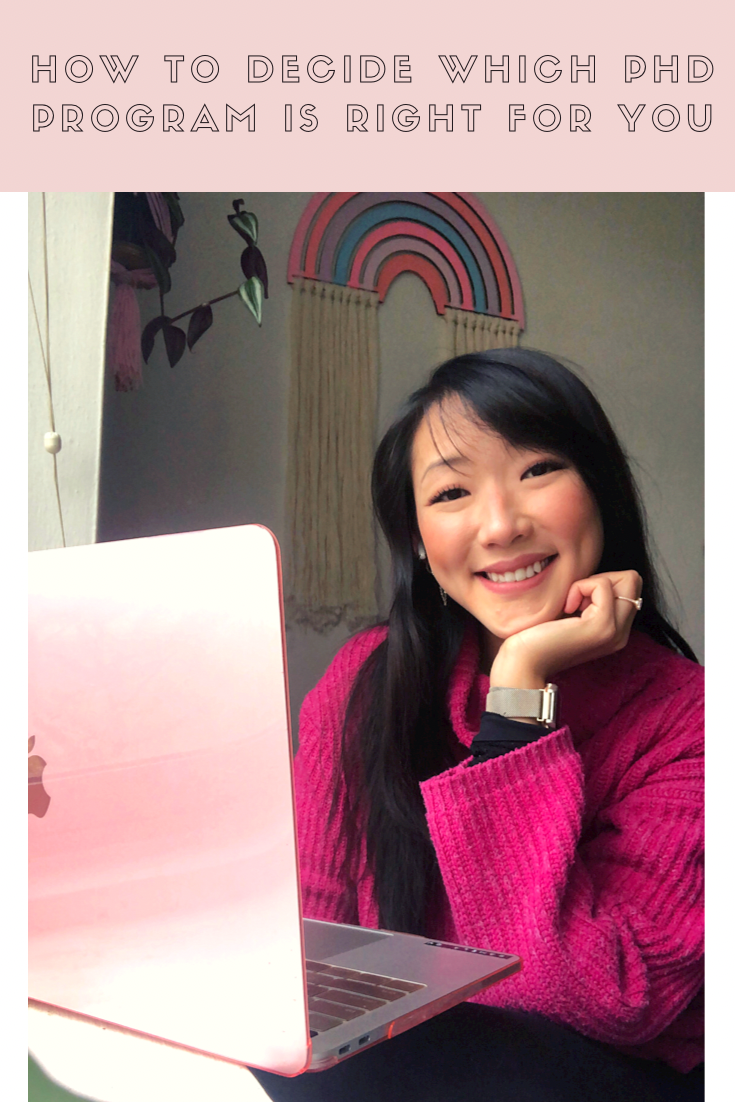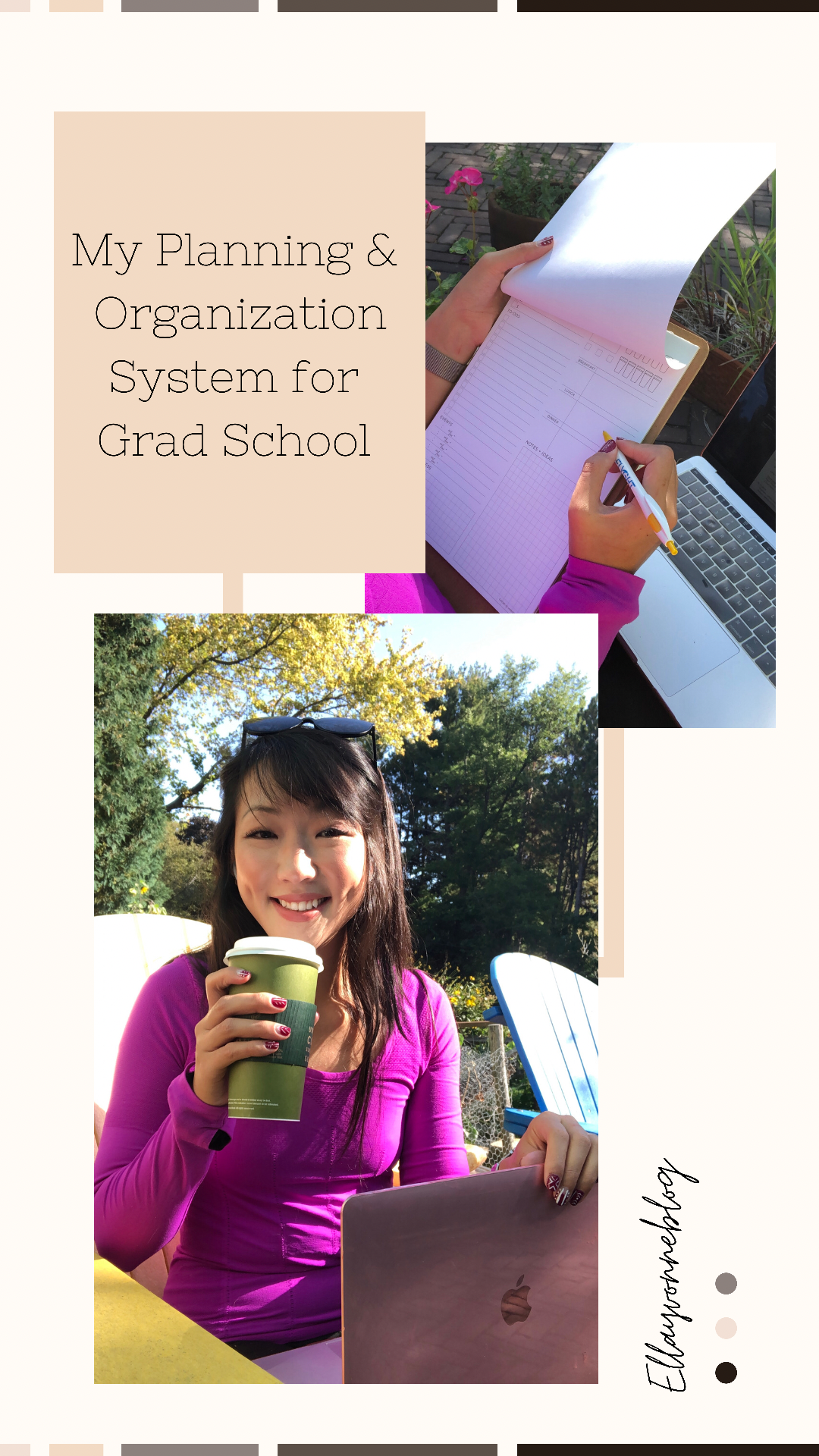Hi, friends! Coming at you with the first of hopefully many sustainable beauty and skincare posts! I've been on a year long journey of trying to make my everyday routine more sustainable and it's been a lot of trial and error. It can take a lot of time to try out different brands to find what works best for you so I'm sharing my experiences in the hopes that it will help those of you on your own sustainability journey ❤️
Today's post is about the lovely brand, Meow Meow Tweet. Meow Meow Tweet is a great beauty and skincare brand that focuses on creating vegan, cruelty-free, low waste products that are good for both your skin and the planet.
Geranium Palmarosa Face Toner | $24
There are very few sustainable skincare brands that make a toner because it seems that toner is one of those products people often don't need or will give up when they try to go for a more sustainable skincare routine. But since I have acne prone skin, toner has become a very central part of my skincare routine so I've been on the hunt for a toner to replace the one I'm currently using. Meow Meow Tweet has two toners on their website. I opted for the gernaium palmorosa one because of the formula - the other toner they offer is a gel formula and I wanted one that could be sprayed all over the face.
I really really wanted to like this toner, but after testing it out for over a month, I could not get used to the smell or the feeling on my skin. Usually toners tighten your pores and make your skin feel fresh and smooth. I'm sure this one also tightens the pores but because one of its main ingredients is apple cider vinegar, the smell of it is SO strong and it leaves your skin a bit sticky. I always found myself cringing at the smell on my skin so unfortunately it was not for me.
On top of that, the price point of this toner is a whopping $24. Most of the time, with zero waste products you're paying a higher price that ultimately pays off in other ways (e.g., the product lasts longer, vegan ingredients, eco-friendly packaging) but for me, this price point was definitely too high for a product I didn't really like.
Lavender Coconut Milk Shampoo Bar | $12
There are only two shampoo bars listed on Meow Meow Tweet's website and I wasn't a fan of either smell but opted for the one I found slightly less offending (the other option is a rosemary avocado). Luckily, the lavender coconut smell wasn't too overpowering and it performed similarly to other zero waste shampoo bars I've used from other brands. Generally, these zero waste shampoo bars tend to dry out my hair more than a regular shampoo so it's important to remember that a little goes a long way. Although I liked using this shampoo bar, I felt like it melted away really quickly - more quickly than shampoo bars from Lush I've been using - so it isn't something I'm likely to repurchase since there are others that I like better. I'm hopeful that as Meow Meow Tweet continues to grow that there will be other shampoo bars that I'll try in the future!
Grapefruit Mint Body Soap | $10
Out of the products I chose, the grapefruit mint body soap was by far my favorite. Lush products are usually my go-to when it comes to body soaps but I find that oftentimes their soaps have a ton of coloring in them. Though the coloring never dyes my sink permanently, I'm usually left with a bunch of brightly colored streaks all over my soap dish. This soap from meow meow tweet didn't do that at all and I really liked that it was a more natural-looking color as well as a natural scent 🙂 - Although it didn't blow me away in any particular category, I liked it enough that I'll probably continue purchasing it in the future.
Verdict:
My favorite part of shopping with Meow Meow Tweet is feeling like you can do no wrong. They're a fantastic small, eco-friendly company that uses vegan and natural ingredients in their products. They also have a great refill program that allows you to save money on their products as well as save trash from being dumped into the environment. Although I didn't fall in love with any of the products I purchased this time around, I did fall in love with the brand and everything they're doing. All of these sustainable good for the planet initiatives make Meow Meow Tweet a pretty cool company. I'm going to continue testing out more of their products in the future and I'm hoping to stumble on some that I like as they continue to make more great products.
























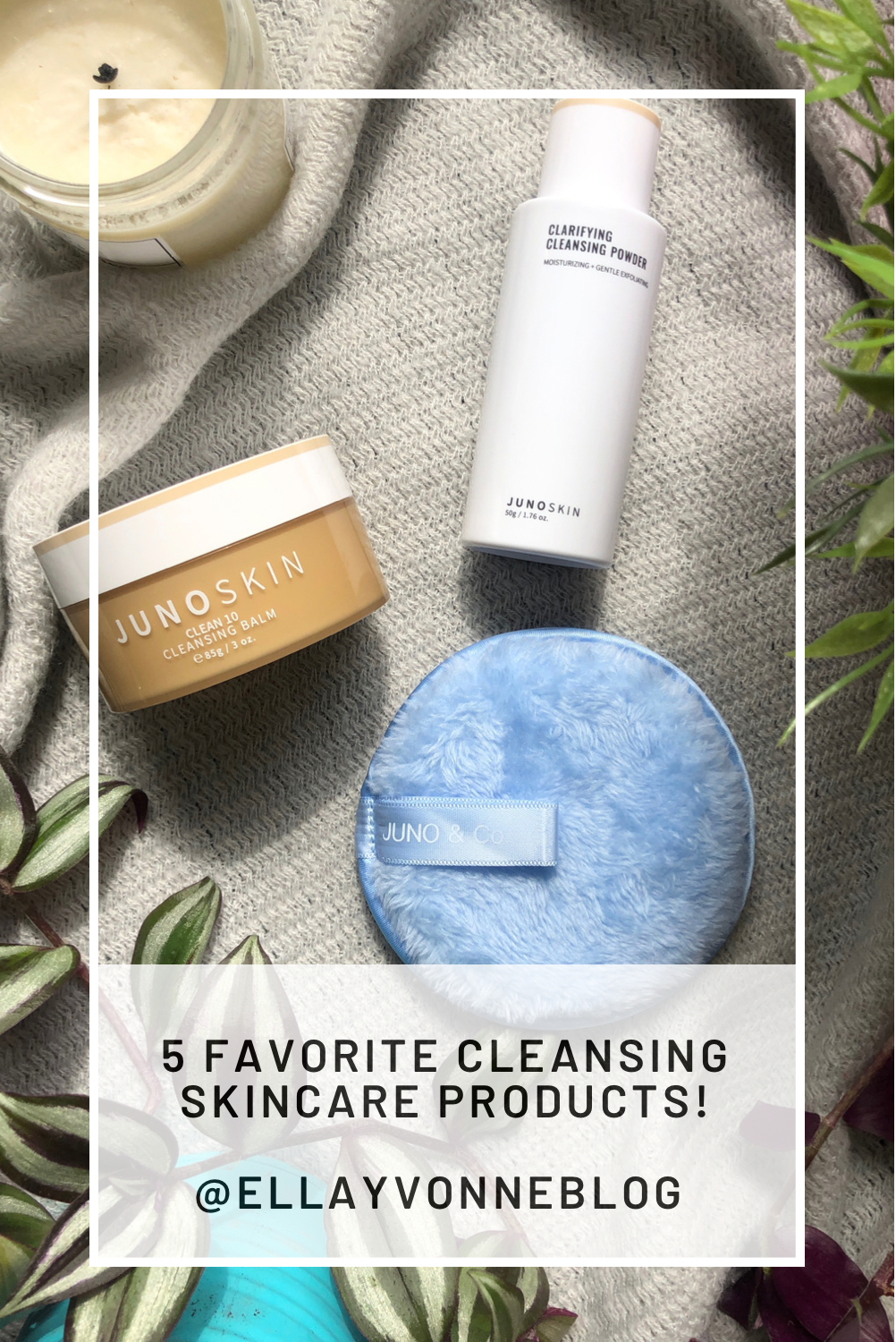
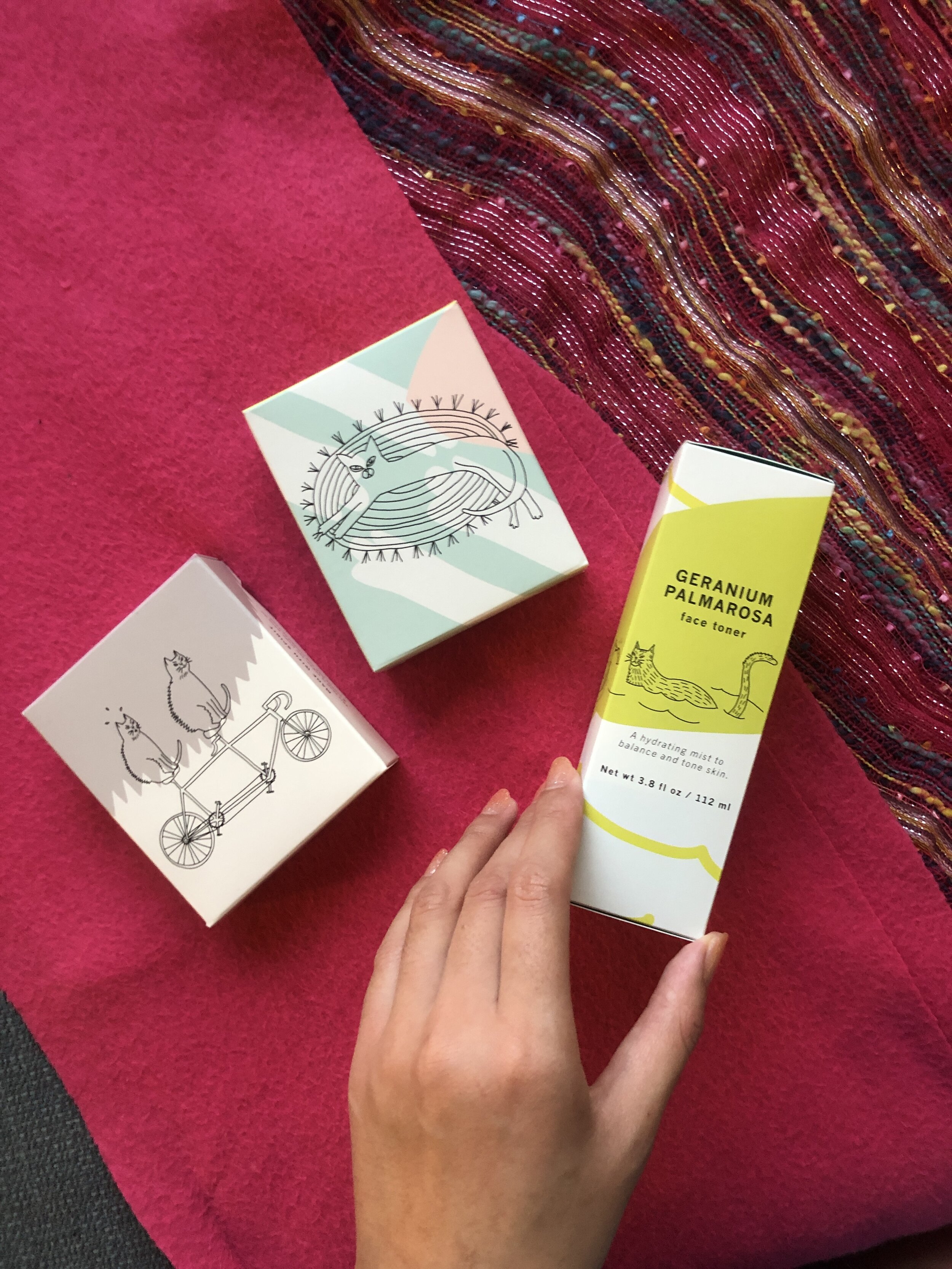
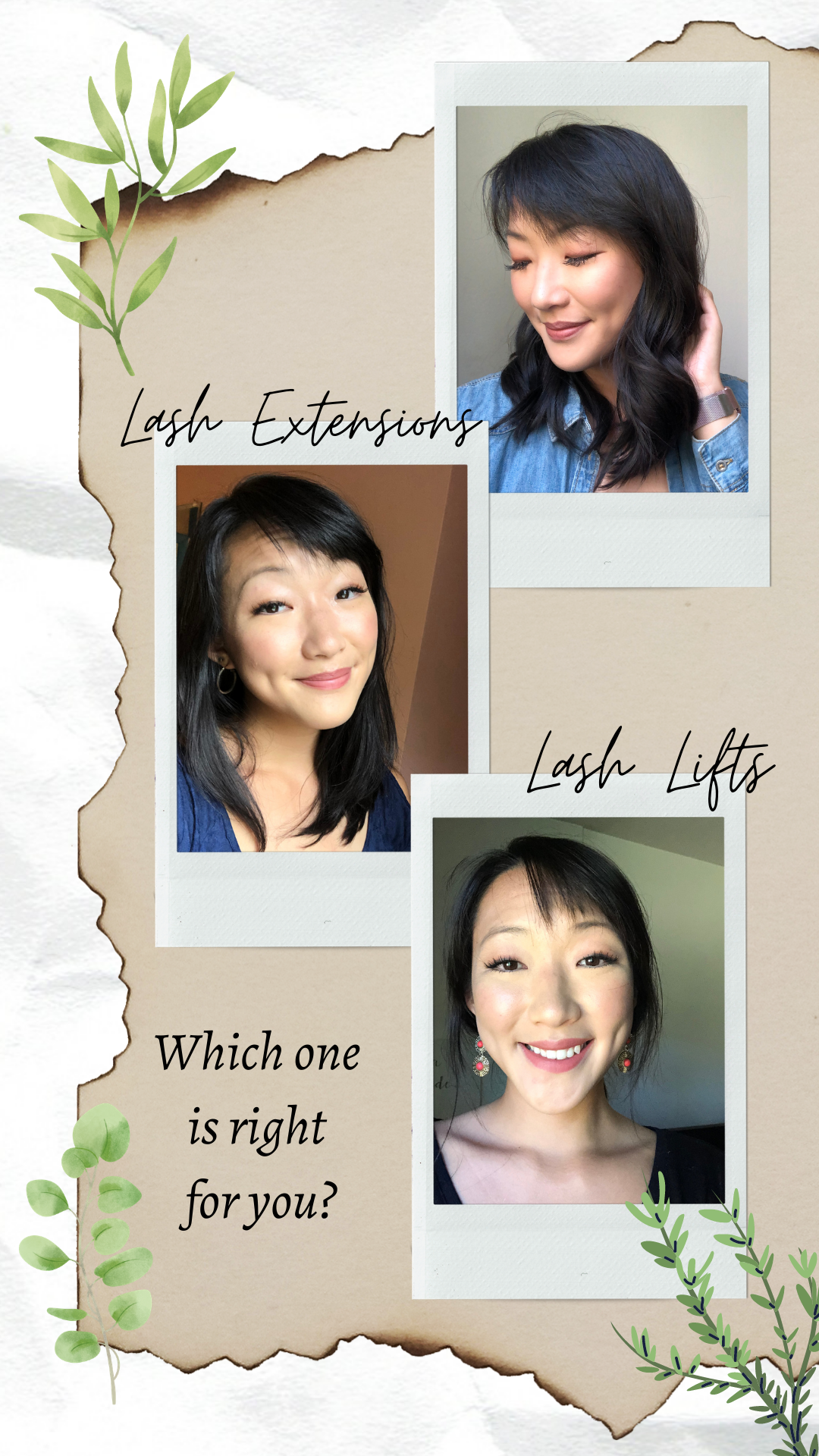

![My Monolid Lash Extension Experience [Updated]](https://images.squarespace-cdn.com/content/v1/55f5b873e4b0f6a6215b1d53/1599505418634-MOBJC6DLHKI54WEX7ZY0/monolid+lash+ext.PNG)



